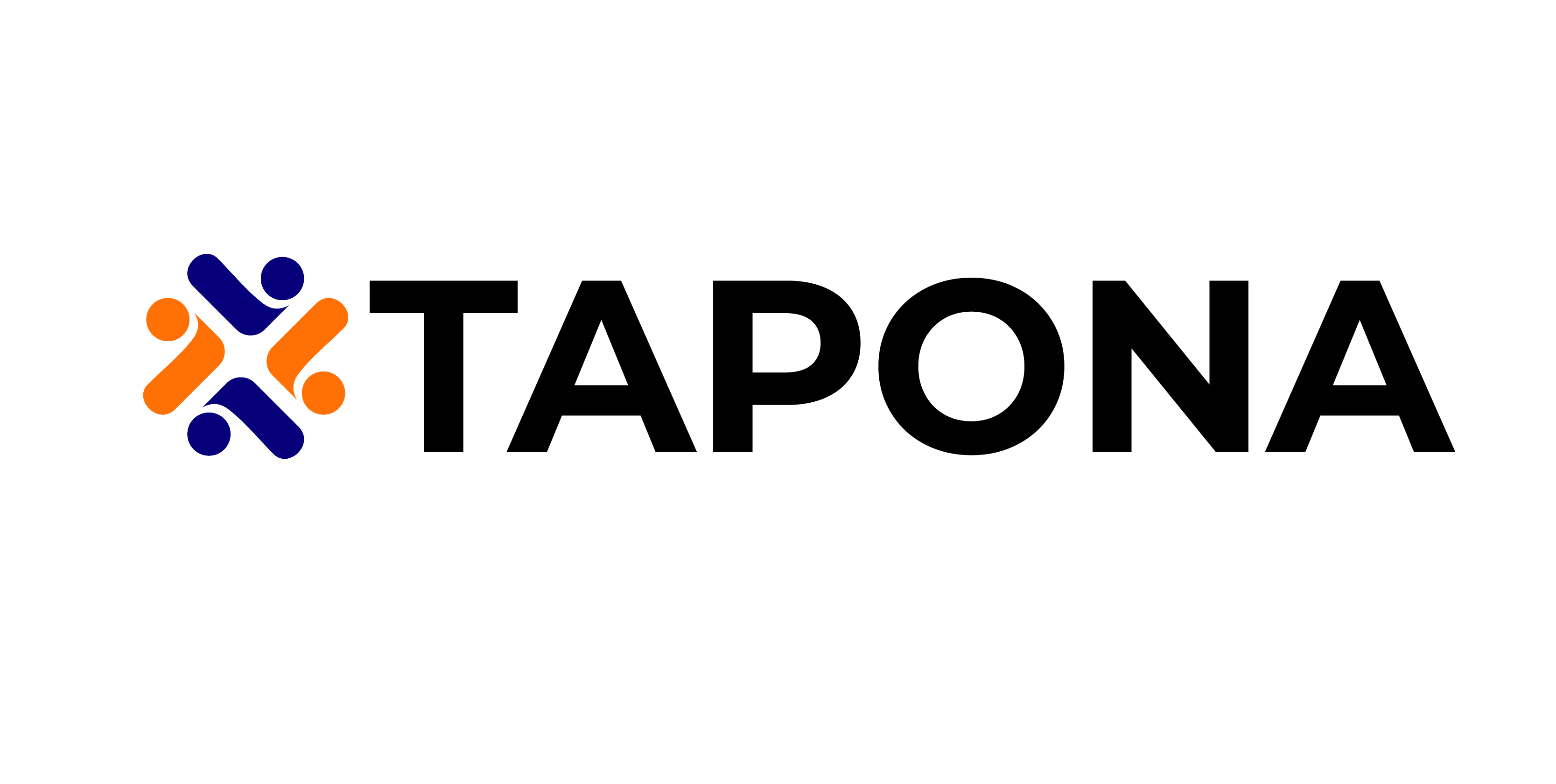Risk Management Strategies for Your Business
Risk management strategy is the process of identifying and responding to risks that your business encounters and how to effectively manage them. This is usually part of a continuous cycle in which risks are continually identified, assessed, managed, and monitored. This provides a way to update and review assessments as new developments occur and then to take steps to protect your business, staff and assets.
Regardless of your industry, the effectiveness of your risk management strategy will determine how quickly and effectively you can recover and rebuild. Having a strong approach in risk management has become more and more important in today’s constantly evolving business environment.
There are four main risk management strategies, or risk treatment options:
- Risk acceptance
- Risk transference
- Risk avoidance
- Risk Mitigation
Choosing the right one will mean the difference between managing each potential risk effectively or facing serious consequences that could damage your business. Let’s take a closer look at what these four approaches involve and some examples of when you could use them.
- Risk Avoidance
If the risk can be avoided then it can become one of the simplest risk management strategies. This is especially useful if the risk poses a threat or you want to eliminate the possibility of the risk becoming a reality altogether. One example is if you may have a faulty appliance or device that can cause harm or loss in your business operations.
In the long run, however, avoidance is’nt an effective risk management solution and you should reassess the situation to find alternative means for resolution.
- Risk Transference
Another way to deal with risks is through transference. Risk transference involves shifting the handling of the risks to another party, either in-house or even outsourcing. This gives you a way to have a different perspective on the resolution and also bring together new tools and methods to deal with the risk.
- Risk Acceptance
When the risk is minimal or unlikely to occur its best to accept it. Timing may also play a role in this, if it’s unlikely that the risk is an immediate concern for your business, you can also choose acceptance.
One example might be a change to vendor pricing or delivery down the road. It’s important to keep re-evaluating these types of risks periodically: their impact on your company and its projects could change.
- Risk Mitigation
This means identifying the risk, assessing all possible solutions, devising a plan, taking action, and monitoring the results. Mitigation is especially useful in cases where avoidance or acceptance won’t suffice. One example might be a change to vendor pricing or delivery down the road. It’s important to keep re-evaluating these types of risks periodically: their impact on your company and its projects could change.
All Categories
Recent Posts
How to Create a Compelling and Easy to Implement Business Strategy for Beginning Entrepreneurs
How to Better Manage Your Money as a Business
Rabbit Keeping as an Entrepreneurial Opportunity
Tags
+0123 (456) 7899
contact@example.com

